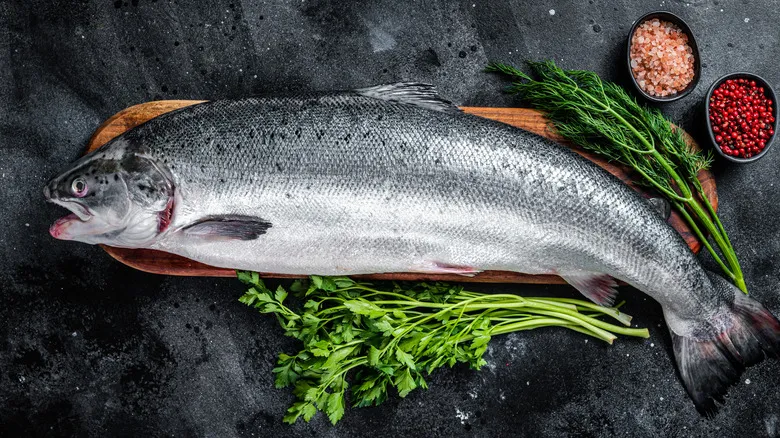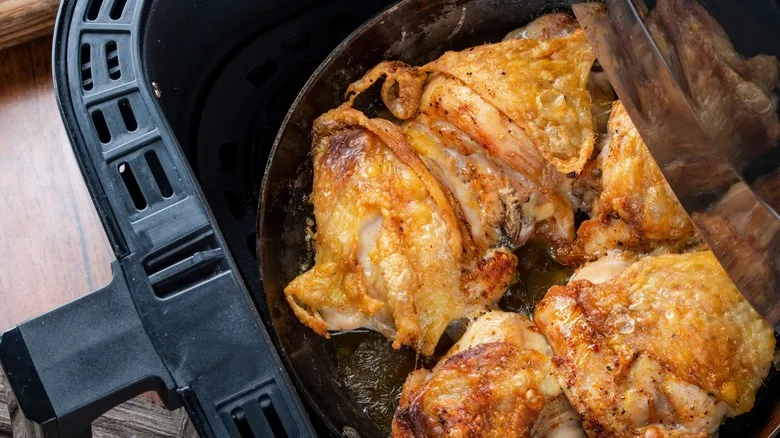Cook beef stew low and slow

Cooking beef stew at a low temperature for an extended period is essential for achieving tender, flavorful meat. Whether you're using the stovetop or the oven, adhere to the recipe instructions and aim for approximately two hours of cooking time. Start checking the texture a bit earlier than suggested in the recipe to find that perfect consistency. If you're using a slow cooker, stick to the recipe guidelines, but remember that checking earlier can prevent overcooking and result in mushy meat.
The "low" aspect of "low and slow" is just as crucial as the cooking duration. When meat is cooked slowly at a lower temperature, the muscle fibers contract less rapidly, which helps maintain tenderness and juiciness. Cooking beef stew in this manner also ensures even heat distribution throughout the meat, allowing everything to cook uniformly. This process gives collagen and other connective tissues ample time to break down, transforming tougher cuts of beef into tender, melt-in-your-mouth pieces.
Before you start cooking, make sure to brown the meat. This step enhances the flavor and helps retain the juices. For quicker browning and a more flavorful stew, consider searing a whole roast before cutting it into smaller pieces for the stew.
Watch the veggies' timing too

Timing is crucial when incorporating vegetables into your stew. For heartier options such as potatoes, carrots, and parsnips, cutting them into larger, uniform pieces—approximately 1 to 1.5 inches—will help them cook evenly and maintain their shape. These vegetables should be added about halfway through the cooking process to ensure they become tender without turning mushy. If you opt for smaller cuts, be sure to shorten the cooking time, as they will cook more quickly and may become overly soft if added too soon. This consideration is particularly important if you want a stew with a variety of textures.
More delicate vegetables can be introduced a few minutes before the stew is done, allowing them to heat through without losing their crispness or vibrant color. Leafy greens like spinach and kale require only a short cooking time to soften slightly while still keeping their structure. Green beans and peas also thrive with minimal cooking, which helps maintain their crunchy texture and bright color. Lastly, if your stew needs thickening, you can blend a portion of the broth and vegetables into a slurry to achieve your desired consistency.
Recommended

Why You Should Always Ask Your Fishmonger To Descale Your Fish

Sesame Seeds Are The Crunchy Transformation Your Fried Eggs Need

This Breakfast Staple Will Take Store-Bought Queso To The Next Level

The Mistake You're Making When Cooking Chicken Thighs In The Air Fryer
Next up





